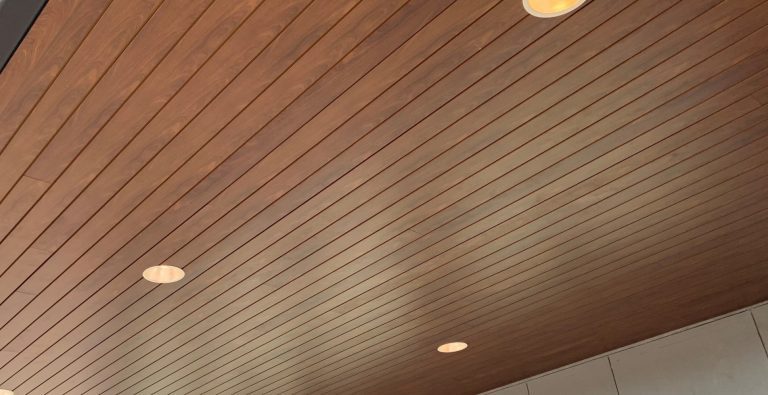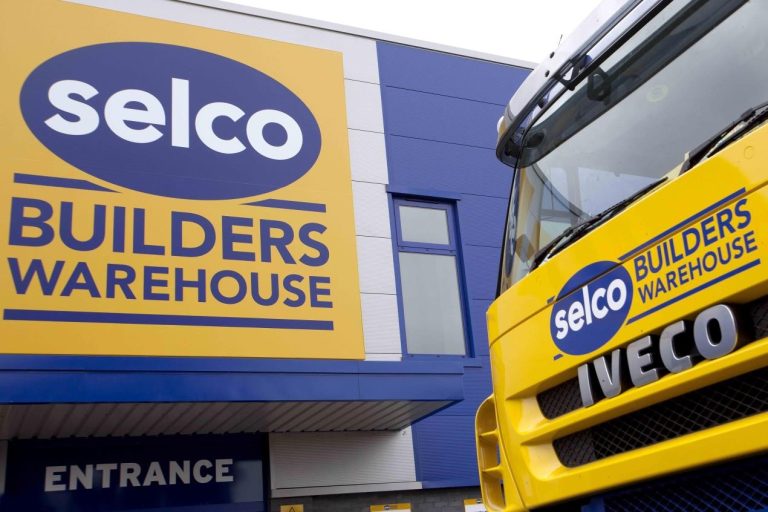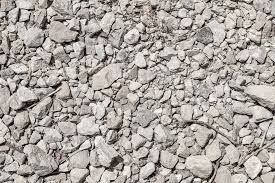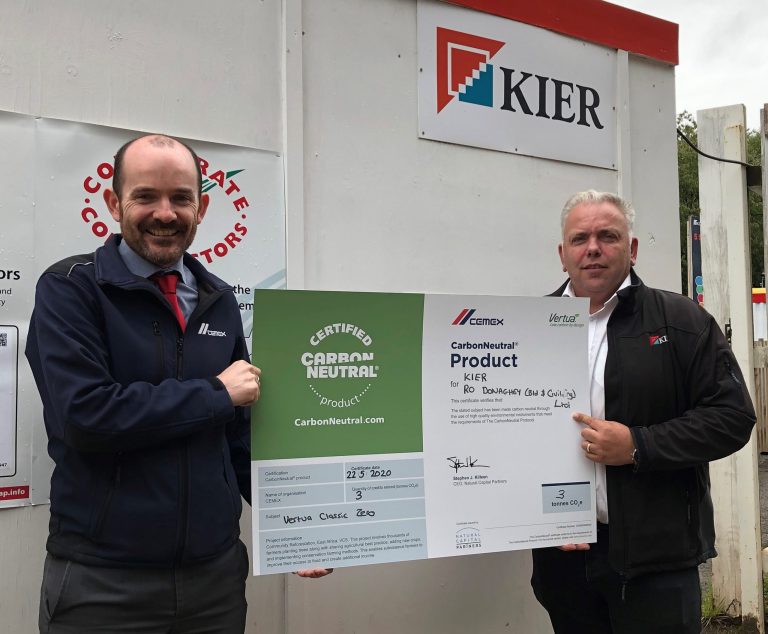Located on one of the most prominent and advantageous sites on the Southern M1, Panattoni Park Luton offers 414,000 sq. ft of prime logistics and manufacturing warehousing space. As the UK’s largest speculative developer, Panattoni continues to drive forward its commitment to producing smarter, faster developments that have the smallest carbon footprint possible, with Panattoni Park Luton being one of its most recent examples. The state-of-the-art development comprises of two separate units, with Hörmann UK supplying a total of 44 Loading Bays, including both Standard and Double Deck Docks, to provide potential occupiers with flexible loading solutions that will continue to meet their future needs. 10 of Hörmann UK’s Level Access Doors, 20 Fire Exit Doors and a range of additional safety devices have also been installed across the two warehouses. The innovations were specified by Panattoni to ensure it provides the highest standards in efficiency and functionality for a diverse range of supply chain operators. The development’s prime location poses an attractive proposition for potential occupiers, with London only 36 miles away and Luton Airport just a seven mile drive. UK major ports, including Felixstowe, London Gateway, Southampton and Dover, are also within easy HGV drive times, while a proposal for a new link road from junction 11a of the M1 to the A6 has also been approved. Unit 1, Luton 346, is available for immediate occupation and spans 346,000 sq. ft of warehousing space, featuring a clear internal height of 15 metres and 12,839 sq. ft of office area located over two floors. Chosen by Panattoni to provide potential occupiers with a premium offering, 38 of Hörmann UK’s Standard and Double Deck Loading Bays are installed throughout the warehouse, with each of the 34 Standard Loading Bays featuring a 3500mm long Dock Leveller with a 1000mm telescopic lip. This innovative design provides a safe working range above and below dock for maximum operational efficiency, while the tail lift slot covers prevent debris from collecting underneath, for enhanced service life. The bays have also been installed with Hörmann UK’s DTS collapsible Frame Shelter and Vertica Lift Sectional Doors, which are constructed using a unique thermal frame system that provides enhanced U-value ratings and increased operational efficiency. The four Double Deck Loading Bays also feature a 4500mm DTS-G Dock Shelter to facilitate the loading and unloading process for a diverse fleet of vehicles. This enables occupiers to transport goods in and out of the warehouse using larger double deck trucks, as well as standard sized heavy goods vehicles for optimum operational efficiency. For improved thermal performance, the Double Deck Docks are fitted with secondary electric roller blind top flaps to provide an efficient seal on smaller vehicles when using the bay. Eight of Hörmann UK’s vertical lift Level Access Doors have also been installed throughout Unit 1, along with 13 of its heavy duty Fire Exit Doors. The combination of these industrial solutions are designed to provide the highest levels of safety, efficiency and security throughout the entire unit. Fergie Taylor, Head of Development Delivery at Panattoni, said: “Since October 2017, Panattoni has committed to more than 8.5 million sq. ft of new projects within the UK, with a development value of £1 billion. The recent completion of Panattoni Park Luton fulfils our ambitions in delivering only the very best in warehousing solutions at key locations across the UK. “Our latest contract with Hörmann UK, which will continue its supply of products to key Panattoni developments throughout 2020 and 2021, will further drive our dedication to delivering the highest standards in quality and innovation for logistics solutions.” The second unit, Luton 69, spans 69,000 sq. ft and has already been occupied by a leading electrical supplier. Four of Hörmann UK’s Standard Dock Bays and two Double Deck Dock Bays are installed throughout the site, along with seven Fire Exit Doors and two Level Access Doors. Across both units, Hörmann UK’s resilient LED Vehicle Loading Lights have also been installed on each bay, along with rayon reinforced recycled tyre rubber dock buffers with wrap around 15mm steel face plates. This ensures all of the 44 loading bays offer the highest standards in safety, whilst subsequently streamlining the loading and unloading process for operators. Phil Thorpe, Industrial Division Manager at Hörmann UK, said: “As the largest developer of logistics facilities in Europe, Panattoni sets the pace within the industry for delivering first class warehousing solutions. We are extremely proud to be one of its leading suppliers of loading solutions, providing our durable and reliable technologies for a range of its high profile sites across the UK, including the recently completed Panattoni Park Luton.” To view Hörmann UK’s complete offering for the industrial market, visit https://www.hormann.co.uk or call 01530 516868.














